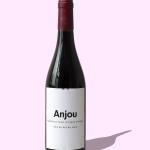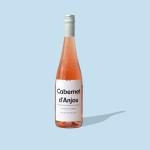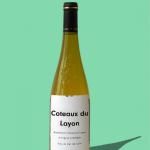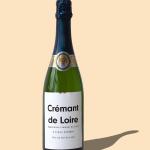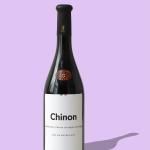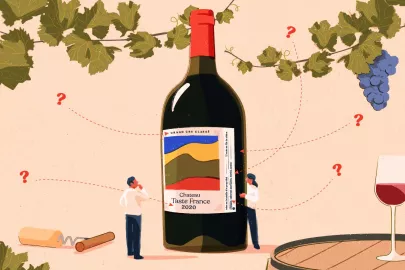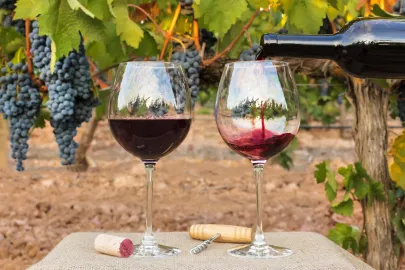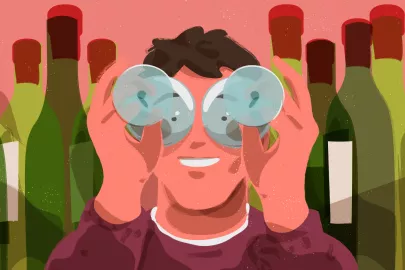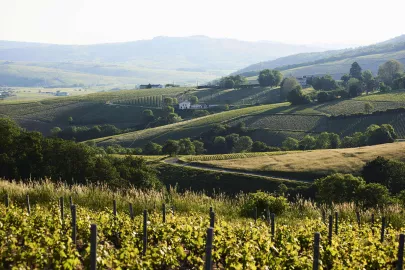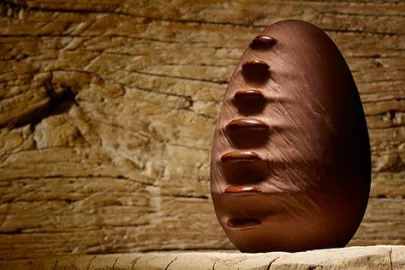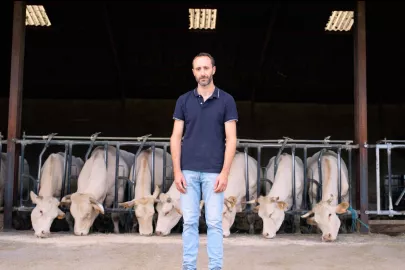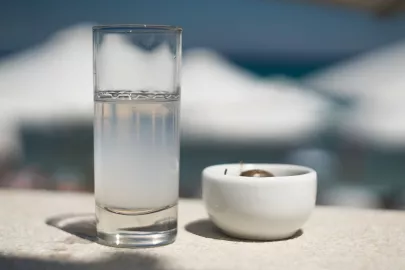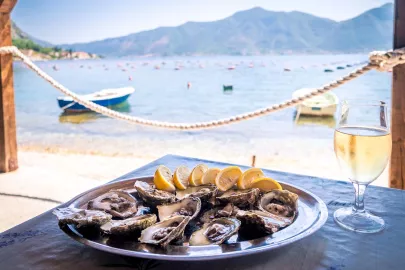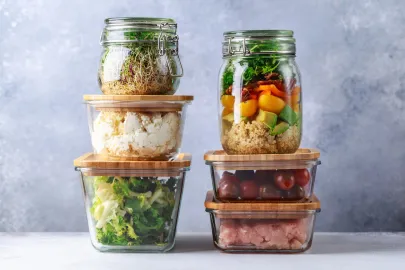Imagine F. Scott Fitzgerald’s beloved character Gatsby is transported to 2020.

In this article
When Gatsby socialite, contempory author and wine lover visited a New York wine merchant specializing in wines from the Loire Valley, he had no intention of writing a new book… or embarking on a journey of wine discovery.
Once he had tasted that iconic grape variety, a well-rounded, silky Cabernet Franc, his mind was made up. The writer would cross the ocean separating the two continents and explore the vineyards of the Loire. His wine merchant believed he would never do it, but Gatsby is inspired, committed to following the Loire, Europe’s last “free” river. Setting off from the city of Nantes, Gatsby tastes the finest wines of the Nantes, Anjou, Saumur and Touraine regions. He is captivated by the oyster festival in Muscadet country where the dishes and wines there are fresh and iodized, thanks to the oceanic and terrestrial influences on the terroir. Gatsby discovers how the Loire Valley’s climate lends a particular tension to the white wines of the region.
Journeying from Nantes to Blois
Travelling along the Loire by boat, Gatsby takes in the romance of these exceptional landscapes. He goes where the river takes him, the magic of each new place conjuring up memories, like the first time he tried Rosé d’Anjou, back home on the banks of the Hudson River Valley. At dinner one evening he continues his discovery of the Loire Valley’s rosé wines as he tastes the incredible pairings of Rosé de Loire and Cabernet d’Anjou with the local cuisine. Gatsby adores these young, fruity rosés that would make dining in any setting pleasurable.
More awaits him in the Layon Valley, a tributary of the Loire. He uncovers a treasure in the grace of a Quarts-de-Chaume wine. Such richness! Next, the writer discovers the fine sparkling wines of the Loire in a troglodyte cellar, where he tastes his first Saumur Brut. His morning visit into the heart of the hillside leaves a lasting impression.
Gatsby never could have imagined he would find himself in Sleeping Beauty’s castle; the fairy-tale castle of Rigny-Ussé transports him to another time. The lord of the manor introduces him to the elegance of the Saint-Nicolas-de-Bourgueil appellation, which exemplifies the nobility of Loire Valley wines. Gatsby takes with him fond memories of old Chinon vintages. For him, these intense, full-bodied wines are the best of the Touraine reds.
In Vouvray, he is reunited with the Chenin grape in the privacy of a wine cellar. The writer aerates the wine by swirling it in his glass, then breathes in the aromas. As he takes his first sip of white, he is delighted by the zest of its citrusy flavor. The taste transports him to his grandmother’s garden, where he first tasted one of those Côte des Blancs wines that sweep you off your feet . Chenin blanc is his favorite grape variety—the one that has Californians lining up. Gatsby appreciates the solitude of the cellar, where he can truly enjoy this wine, with no one else around.
As the night draws in around him, Gatsby looks out wistfully over the Loire. He has been on a rare sensory journey in breathtaking scenery. No one could have predicted that the Loire Valley and its wines would be at the center of his next novel. Not even him.
Contributor

Editor

